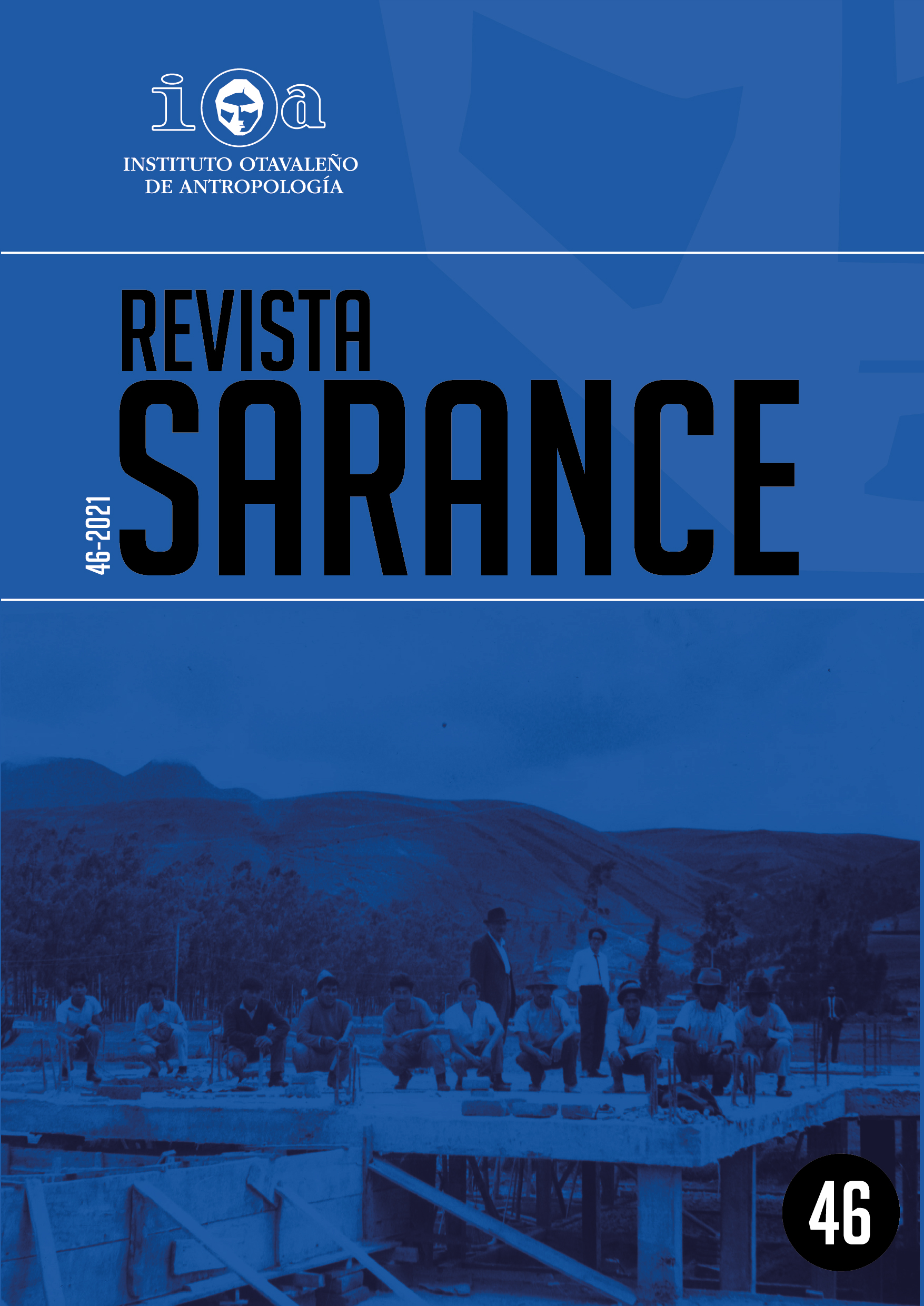Abstract
The article makes a critique of the traditional concept of intercultural territories in its complex relationship with the concepts of interculturality, territory, and language. After questioning a multiculturalist reading of interculturality that prevents overcoming the divisionism of an essentialist identity politics that conceives territories as containers, the territory is questioned from two concepts: that of assembly as a convergence of heteroclite elements that produce a functioning and that of ecology of practices as a symbiotic association of equitable but different practices. The need to explain the way in which the convergent elements of the assemblage –be they practices, practitioners or any other human and non-human element– enter into communication, leads us to consider the role that communication and languages play in the construction of intercultural territories. The need to overcome the logo-glotto-graph-centrism of language is recognized to give way to heterogeneous semiotic practices and sensory languages whose legitimation is the sine qua non condition of a new form of exercising politics.

This work is licensed under a Creative Commons Attribution-NonCommercial-ShareAlike 4.0 International License.
Copyright (c) 2021 Array





